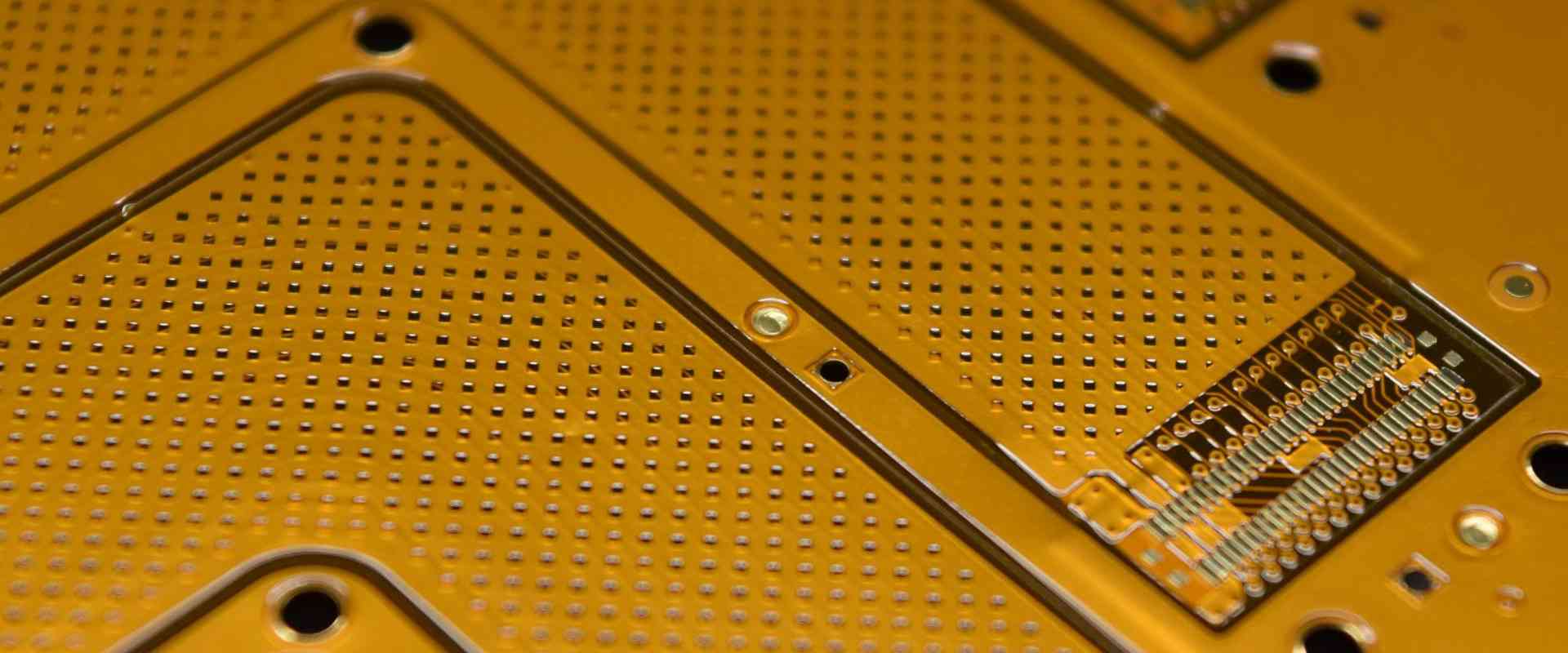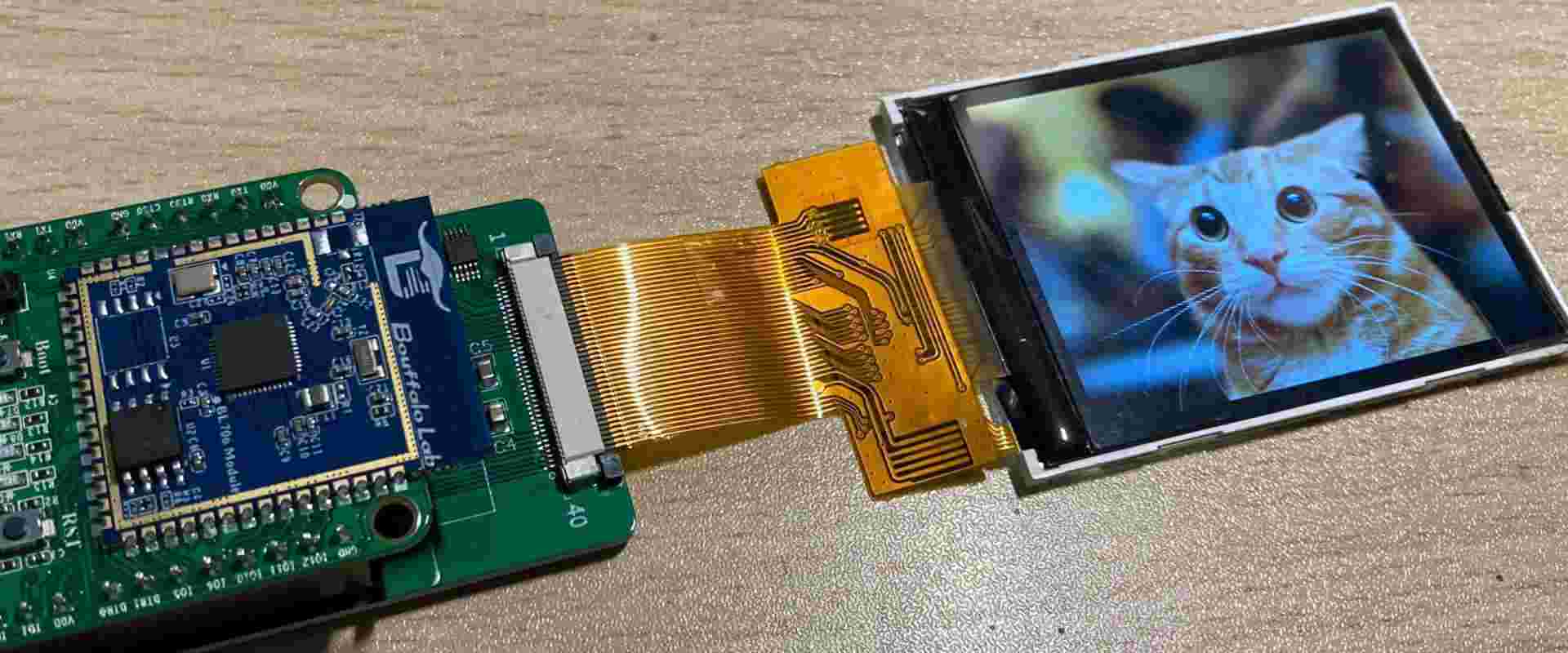
ALL ABOUT FLEX PCB
-
 Read more: Flex Circuit Design: A Comprehensive Guide for PCB Engineers
Read more: Flex Circuit Design: A Comprehensive Guide for PCB EngineersIntroduction to Flex Circuits Flexible printed circuit boards (flex circuits or flex PCBs) are a type of printed circuit board made using flexible substrate materials like polyimide or polyester. Unlike traditional rigid PCBs, flex circuits can bend and flex to fit into tight or moving spaces in electronic devices. They […]
-
Rigid Flex PCB Fabrication: A Complete Guide
Posted by
–
 Read more: Rigid Flex PCB Fabrication: A Complete Guide
Read more: Rigid Flex PCB Fabrication: A Complete GuideIntroduction to Rigid Flex Circuits Rigid flex circuits, also known as flex-rigid boards or flex circuits, are a type of printed circuit board (PCB) that consist of rigid and flexible substrates laminated together. The rigid sections provide mechanical support while the flexible sections allow dynamic flexing, bending or wrapping around […]
-
 Read more: Coverlay PCB Technology: A Reliable Solution for Circuit Protection
Read more: Coverlay PCB Technology: A Reliable Solution for Circuit ProtectionIntroduction to Coverlay PCBs A coverlay PCB (also known as a cover film PCB) refers to a printed circuit board (PCB) that utilizes a thin, flexible insulating material called a coverlay to coat and protect the traces and components on the board. The coverlay film is laminated onto the PCB […]
-
Altium Flex PCB Design and Layout
Posted by
–
 Read more: Altium Flex PCB Design and Layout
Read more: Altium Flex PCB Design and LayoutIntroduction Flex PCBs (flexible printed circuit boards) are a type of PCB that can bend and flex. They allow circuitry to move freely and adapt to different shapes. Flex PCBs are useful for products where flexibility and mechanical articulation are needed. Examples include wearable devices, medical devices, robotics, folded or […]
-
 Read more: Flex Circuit Boards: A Guide to Design and Manufacturing
Read more: Flex Circuit Boards: A Guide to Design and ManufacturingIntroduction A flex circuit, also known as a flexible printed circuit board or flex PCB, is a type of printed circuit board made from flexible materials like polyimide. Unlike traditional rigid PCBs, flex circuits can bend and flex while still maintaining their electrical connections. This makes them useful for applications […]
-
 Read more: Rigid Flex PCB Manufacturers: A Comprehensive Guide
Read more: Rigid Flex PCB Manufacturers: A Comprehensive GuideRigid flex printed circuit boards (PCBs) combine rigid and flexible circuitry into a single component, providing design flexibility and reliability for complex electronic devices. As demand for ever-smaller and more capable electronics grows, rigid flex PCBs have become essential for products from smartphones to medical devices. This guide explores leading […]
-
 Read more: Semi-Flexible Printed Circuit Boards: Design, Manufacturing and Applications
Read more: Semi-Flexible Printed Circuit Boards: Design, Manufacturing and ApplicationsIntroduction A printed circuit board (PCB) mechanically supports and electrically connects electronic components using conductive tracks, pads and other features etched from copper sheets laminated onto a non-conductive substrate. PCBs can be rigid, flexible or semi-flexible. Semi-flexible PCBs provide a compromise between the rigidity of rigid PCBs and the flexibility […]
-
Flex PCB Thickness: A Complete Guide
Posted by
–
 Read more: Flex PCB Thickness: A Complete Guide
Read more: Flex PCB Thickness: A Complete GuideIntroduction A flex PCB, also known as a flexible printed circuit board, is a type of PCB that can bend and flex. Flex PCBs are made with flexible substrate materials like polyimide or polyester rather than traditional rigid FR-4. The ability to flex makes them useful for many applications where […]
-
 Read more: How Are Rigid-flex Boards Revolutionizing Printed Circuit Board Design?
Read more: How Are Rigid-flex Boards Revolutionizing Printed Circuit Board Design?Introduction Rigid-flex boards, also known as flex-rigid boards or flex circuits, are a special type of printed circuit board (PCB) that combine rigid and flexible substrates into a single package. These boards provide solutions for complex and space-constrained electronic designs across industries like aerospace, defense, medical, and consumer electronics. Rigid-flex […]
-
 Read more: The Importance of PCB Stiffeners and How to Use Them Effectively
Read more: The Importance of PCB Stiffeners and How to Use Them EffectivelyIntroduction Printed circuit boards (PCBs) are the backbone of electronic devices. They provide the interconnections between components and integrate circuits into functional products. However, PCBs can be vulnerable to mechanical stresses like vibration, shock, and flexing. These forces can cause trace fractures, pad lifting, and other reliability issues. PCB stiffeners […]




